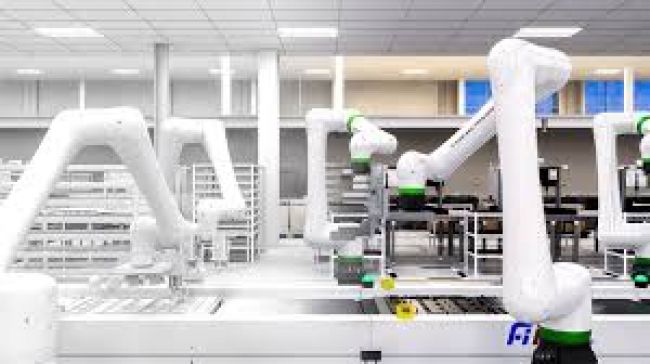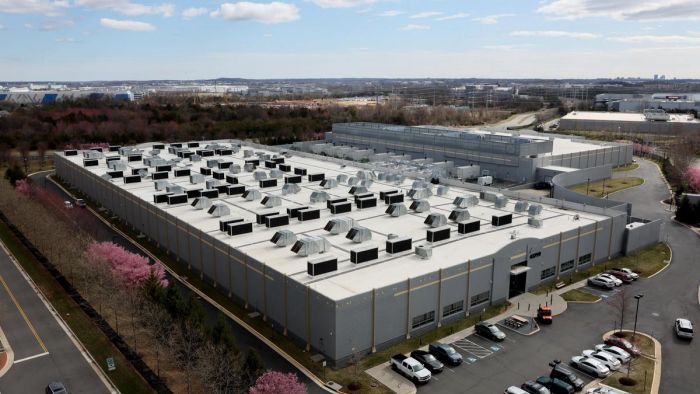Technology
3 min read
From Secret Labs to Smart Machines: The U.S. Energy Department’s AI Data Center Plan


At Los Alamos, where scientists once cracked the code of the atomic bomb, a new kind of revolution is stirring—one powered not by uranium, but by algorithms.
The U.S. Department of Energy has announced plans to open up 16 federal sites, including storied labs like Los Alamos and Sandia, for data center development. These aren't just empty lands—they come with decades of built-in infrastructure, ready to support AI’s insatiable appetite for computation.
And this isn’t just about geography. It’s about strategy—and that’s where Washington comes in.

In a rare show of continuity, a Biden-era executive order promoting AI infrastructure still stands under President Trump’s administration.
Though much of Biden’s AI framework was rolled back, this one remained untouched. Why? Because both leaders recognize what’s at stake: America’s edge in AI. Trump said it himself—federal lands should fuel the next phase of digital growth.
And of all the lands identified, few are as ready—and as symbolic—as Los Alamos.
It’s not just history that makes Los Alamos ideal. It’s the power—literally. The site already hosts energy systems that could support large-scale AI workloads.
Plus, the DOE is offering fast-track permits for nuclear-based power generation, creating a cleaner, faster runway for data centers to rise. This is where old meets new—where Cold War-era grids may soon feed cutting-edge neural networks.
But why the urgency? What’s pushing the government to act now?
Generative AI isn’t just smart—it’s energy-hungry. According to a DOE report, the power needs of U.S. data centers have tripled in the last decade and may surge again, consuming up to 12% of the national grid by 2028. Training large AI models isn’t like running a few servers—it’s like powering small cities.
And when electricity becomes this critical, the type of power matters.
As solar and wind struggle to keep up with AI’s demands around the clock, the DOE is placing its bets on nuclear. Unlike renewables, nuclear can deliver steady, carbon-free energy—ideal for powering round-the-clock operations.
The agency’s recent request for information outlines site-by-site energy options, ranging from solar arrays to gas turbines—but it’s nuclear that stands out as the most scalable option.
So, what happens next? That depends on how the private sector answers the call.
The DOE is now inviting developers, energy companies, and cloud giants to submit proposals.
The goal? Break ground on AI data centers by 2026 and go live by 2027. These centers won’t just house machines—they’ll represent a shift in how America powers, regulates, and governs the age of artificial intelligence.
The labs that once shaped the future of war may soon shape the future of thinking itself.
Be the first to post comment!